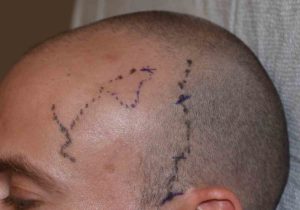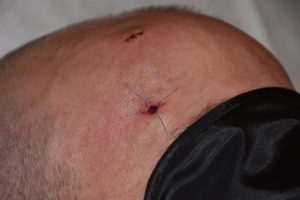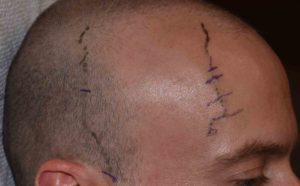Temporal artery ligation is traditionally a medical procedure done as a diagnostic procedure for temporal arteritis. In this procedure it is done at the edge of the temporal hairline through a cm. or large incision in which a section of the artery is removed and sent to pathology for histologic examination. Technically this procedure should be called temporal artery biopsy, two end ligation is a necessary part of the procedure but not its main intent.
Conversely, true temporal artery ligation is a cosmetic procedure to specifically reduce the flow in the superficial temporal artery system and lessen or eliminate the prominent appearance of the vessels. This procedure does not remove a section of the artery nor is it necessary to do so to have its aesthetic effects. Rather it lies on point ligation of inflow and back flow points that contribute to inflow into the prominent vessel.


Dr. Barry Eppley
Indianapolis, Indiana



